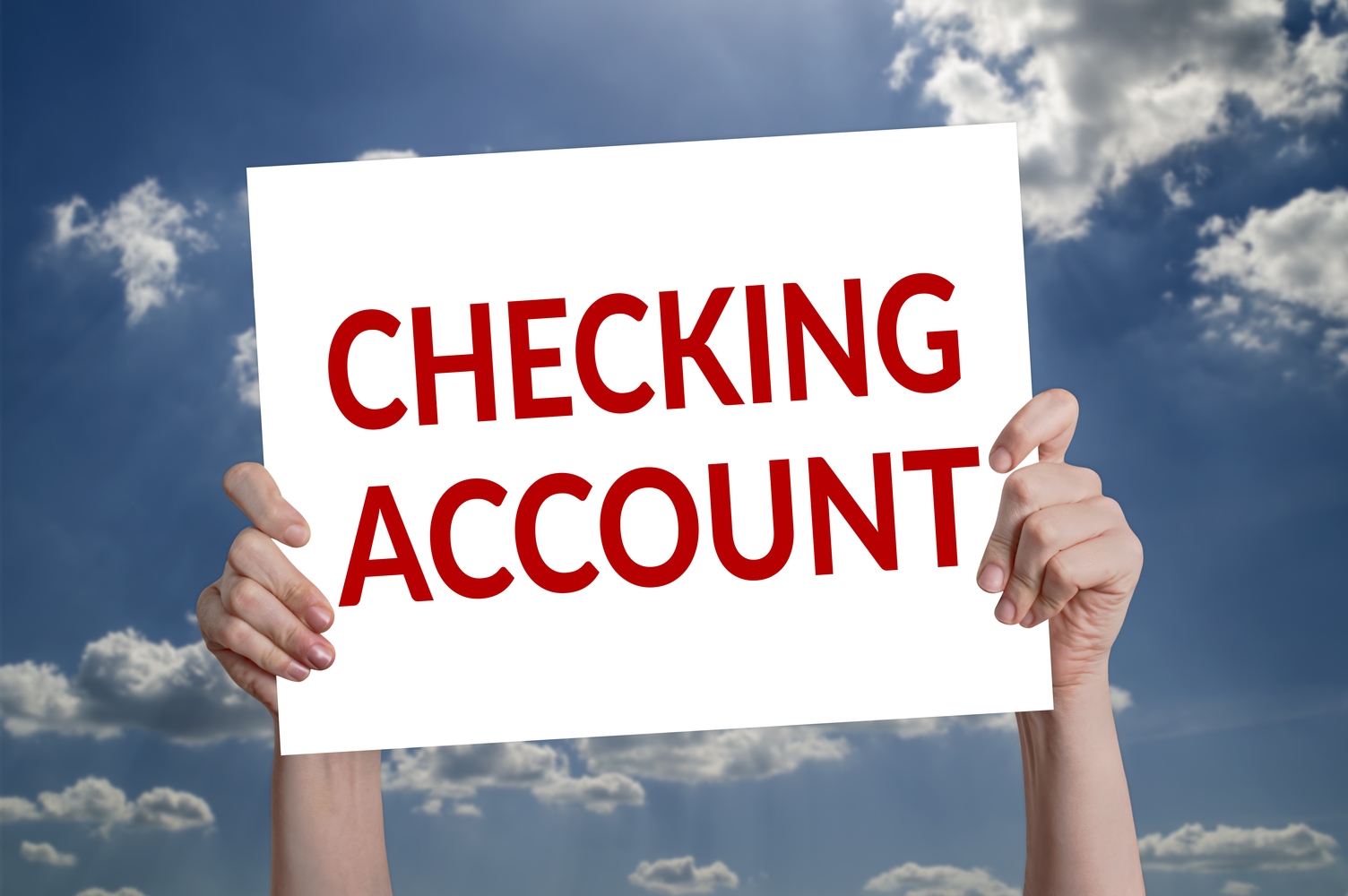Comprehensive Guide to Paycheck Advances and Quick Cash Loans: What's the Difference?
This comprehensive guide compares paycheck advances and quick cash loans, exploring their differences, costs, benefits, and risks. Learn how to responsibly use these short-term financial tools, understand legal limits on interest rates, and discover safer alternatives for managing urgent cash needs. Empower yourself with knowledge to make smarter financial decisions and avoid debt cycles associated with high-interest borrowing. Whether you need quick access to funds or are evaluating your options, this article provides essential insights for responsible financial management.

Understanding the Key Differences Between Paycheck Advances and Quick Cash Loans
In today’s fast-paced financial environment, many individuals seek quick access to funds to handle emergency expenses or unforeseen financial needs. Two popular options that often come up are paycheck advances and quick cash loans. While these financial products might seem similar at first glance, they have distinct features, benefits, and risks that consumers need to understand thoroughly. This comprehensive guide aims to clarify the differences, advantages, and potential pitfalls of paycheck advances and quick cash loans, empowering you to make informed financial decisions.
What Is a Paycheck Advance?
A paycheck advance, also known as a salary advance, is a short-term financial arrangement where an individual receives an early portion of their upcoming paycheck before the official payday. Essentially, it is a form of wage advance provided typically by employers directly or through third-party services. The primary purpose of a paycheck advance is to bridge the gap between paychecks without falling into debt cycles associated with traditional loans.
When you opt for a paycheck advance, generally, the amount you can borrow depends on your upcoming paycheck amount and employer policies. These advances usually range from $100 to $1,000 or more, depending on the circumstances and employer policies. The process is usually straightforward, requiring minimal paperwork, and often involves simple approval procedures. Many employers and third-party payroll providers facilitate these advances, allowing employees to access funds quickly when needed.
How Do Quick Cash Loans Work?
Quick cash loans, sometimes called payday loans or instant payday advances, are small, short-term personal loans designed to provide immediate funds to borrowers facing urgent financial needs. Unlike paycheck advances, which are typically employer-based, quick cash loans are offered by private lenders or online loan companies. They are often marketed as fast, no-hassle solutions to cover expenses such as medical emergencies, car repairs, or overdue bills.
These loans generally range from $100 to $5,000 and are intended for short-term use. Borrowers usually apply online, providing personal information, employment details, and bank account information. Many lenders do not conduct extensive credit checks, focusing instead on income verification or employment status, making approval relatively quick. Once approved, funds are deposited electronically into the borrower’s account within 24 hours or less, providing rapid financial relief.
Interest Rates and Costs Involved
Both paycheck advances and quick cash loans come with their costs. Paycheck advances may carry minimal or no interest if they are employer-based arrangements; however, third-party services may impose fees. Quick cash loans, on the other hand, are notorious for their high-interest rates. Due to their short-term nature and minimal lending requirements, interest rates can be exorbitant, often ranging from 300% to 700% annual percentage rate (APR).
Many regions have introduced legal caps on payday loan interest rates to protect consumers. These caps typically limit APRs to about 30-40%. Despite these regulations, some lenders operate in loopholes or in areas with fewer restrictions, exposing borrowers to significant financial burdens. It's essential for consumers to read the fine print carefully to understand the total cost of the loan, including any hidden fees or penalties.
Application Process and Repayment Terms
Applying for a paycheck advance is usually an effortless process involving your employer or payroll provider, sometimes initiated through HR or payroll systems. Repayments are automatically deducted from your upcoming paycheck, often sparing you the hassle of manual payments. Because of this arrangement, the repayment period is short, typically coinciding with the next pay cycle.
In contrast, quick cash loans require a more formal application process involving online forms, income verification, and sometimes a check of your credit score. Repayment terms vary but generally involve a lump-sum repayment on your next payday or within a few weeks. Many lenders add late fees or renewal fees if the borrower cannot repay on time, which can quickly escalate costs and debt burden.
Risks and Financial Considerations
While paycheck advances can be a helpful tool for managing cash flow, they are generally considered low-risk, especially when used responsibly, since they are linked directly to your earned wages. However, if overused or mismanaged, they can lead to dependency on advances, reducing your savings and financial resilience.
Quick cash loans pose greater risks due to their high-interest rates and short repayment cycles. Borrowers often find themselves trapped in a cycle of repeated borrowing, accruing additional fees and interest each time they roll over a loan. This cycle can significantly deteriorate financial health, leading to debt problems that are difficult to escape.
Final Thoughts: Are These Options Right for You?
Choosing between paycheck advances and quick cash loans depends largely on your financial situation, urgency, and ability to repay. Paycheck advances can be a safe and convenient option when offered through employment or payroll systems, and used sparingly. Quick cash loans, however, should be a last resort due to their high costs and potential for debt cycles. Always be sure to explore alternative options like personal loans from banks, credit unions, or financial assistance programs before turning to these high-interest options.
In summary, understanding the mechanics, costs, and risks associated with both paycheck advances and quick cash loans is crucial for responsible financial planning. Make informed decisions, read all terms carefully, and avoid over-reliance on these short-term solutions to maintain your financial well-being.





